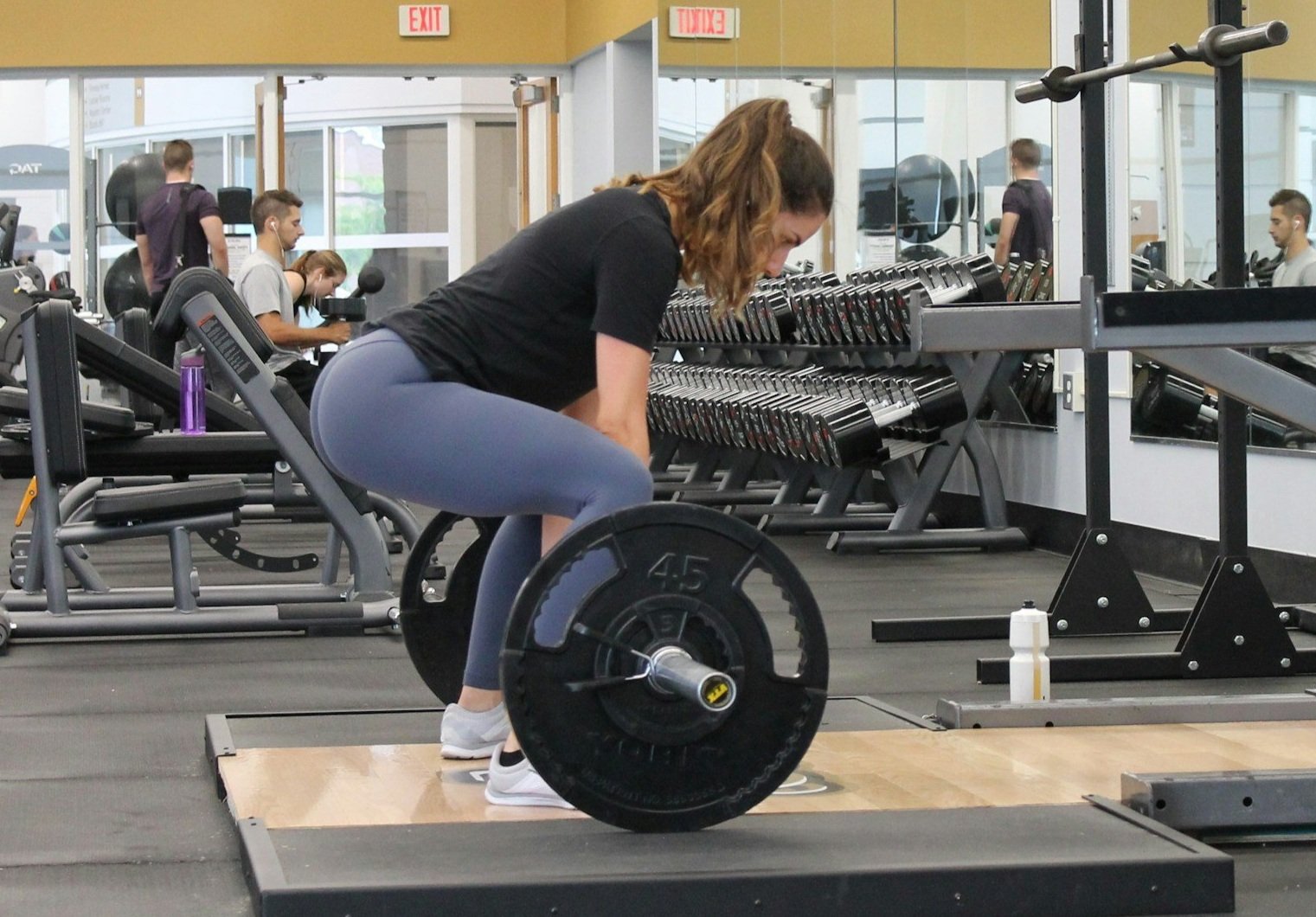A Beginner’s Guide to Resistance Training
Resistance training can feel really daunting at first, but it’s one of the most effective ways to build strength, improve overall fitness and support long-term health.
If you’re new to it, here’s a simple guide to get you started.
What is Resistance Training?
Resistance training involves exercises that make you work against an external force, such as free weights (for example dumbbells, kettlebells and barbells), resistance bands or even your own bodyweight.
Why Start Resistance Training?
The benefits of resistance training go far beyond building muscle. It helps improve bone density, boosts metabolism, supports joint health, and can even enhance your mood and mental clarity.
Plus, it’s versatile. The overall goal can be very different from one person to the next - whether it’s increased strength or size, improved endurance, or enhanced tone and definition - but the basic principles of resistance training don’t change much from one objective to the next.
Getting Started: Tips for Beginners
1. Start Light and Focus on Form: Begin with light weights or bodyweight exercises to master proper form. This reduces the risk of injury and builds a solid foundation for progression.
2. Progress Gradually: Increase the weight or resistance slowly as your strength improves. Avoid the temptation to lift too heavy too soon—consistency and gradual progression are key to long-term success.
3. Maintain a Balanced Approach: A well-rounded programme helps to develop a strong, resilient body. By incorporating a full range of movement patterns in your training, you increase the efficiency and quality of your movement, improve performance, avoid imbalances and reduce injury risk.
Across the week, aim to have an even contribution of the below movement patterns:
Upper body push and pull
Lower body push and pull (including a mix of knee-dominant and hip-dominant movements)
Bi-lateral (both sides of the body) and unilateral (one side) movements
Rotational movements
Lateral movements
4. Rest and Recover: The body’s adaptation to stimuli occurs at rest, rather than during the actual application of stress (such as a training session). Constant exposure to a stressor without sufficient rest leads to excessive fatigue and negative results over time. By scheduling rest days and getting adequate sleep to support recovery, you’re giving yourself the best possible chance of positive, long term adaptations to the training you’re doing.
5. Stay Consistent: Like any fitness routine, consistency is crucial. Aim for at least two to three resistance training sessions per week to start seeing results.
Be Patient
By starting conservatively, focusing on form and staying consistent, you’ll build the strength and confidence to tackle more advanced workouts over time. Remember, everyone starts somewhere - what really matters most is that once you start, you keep going!


